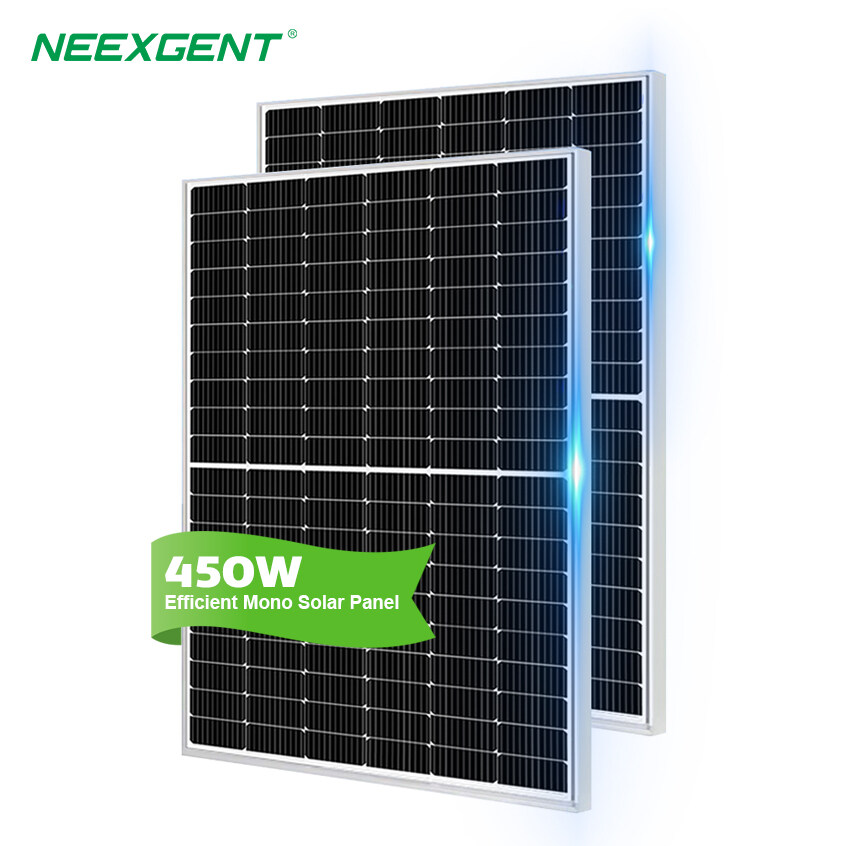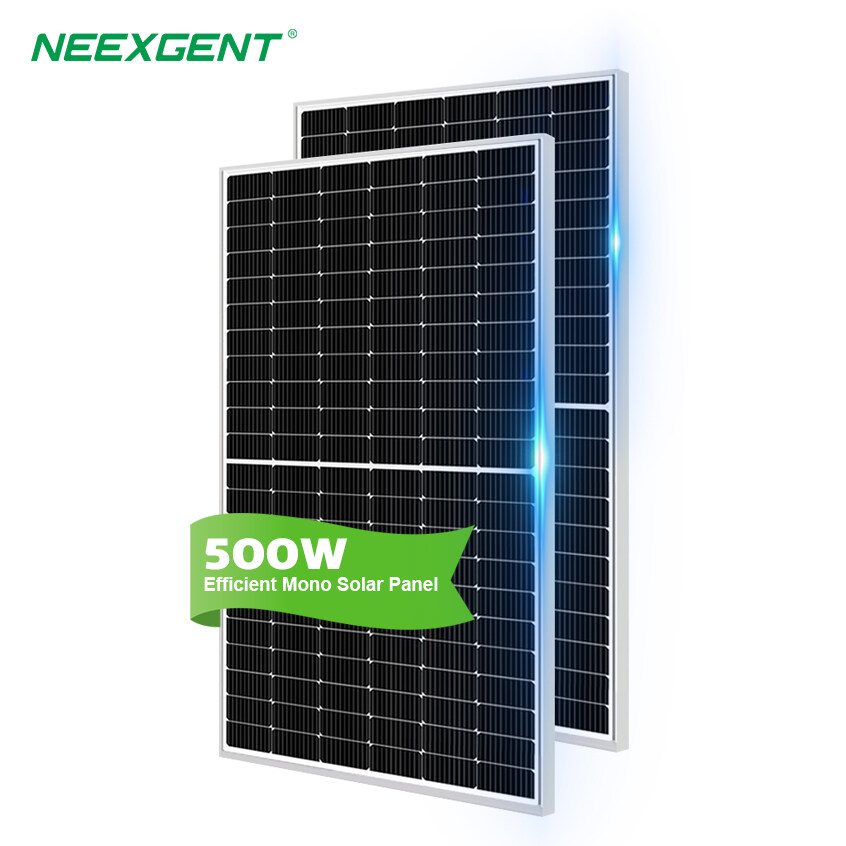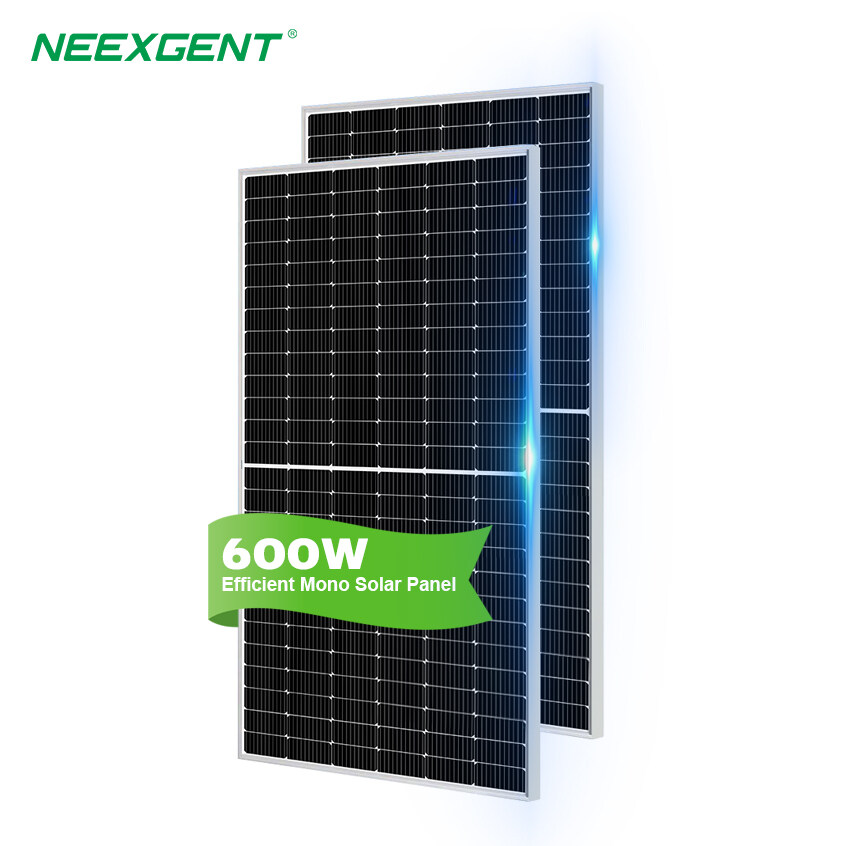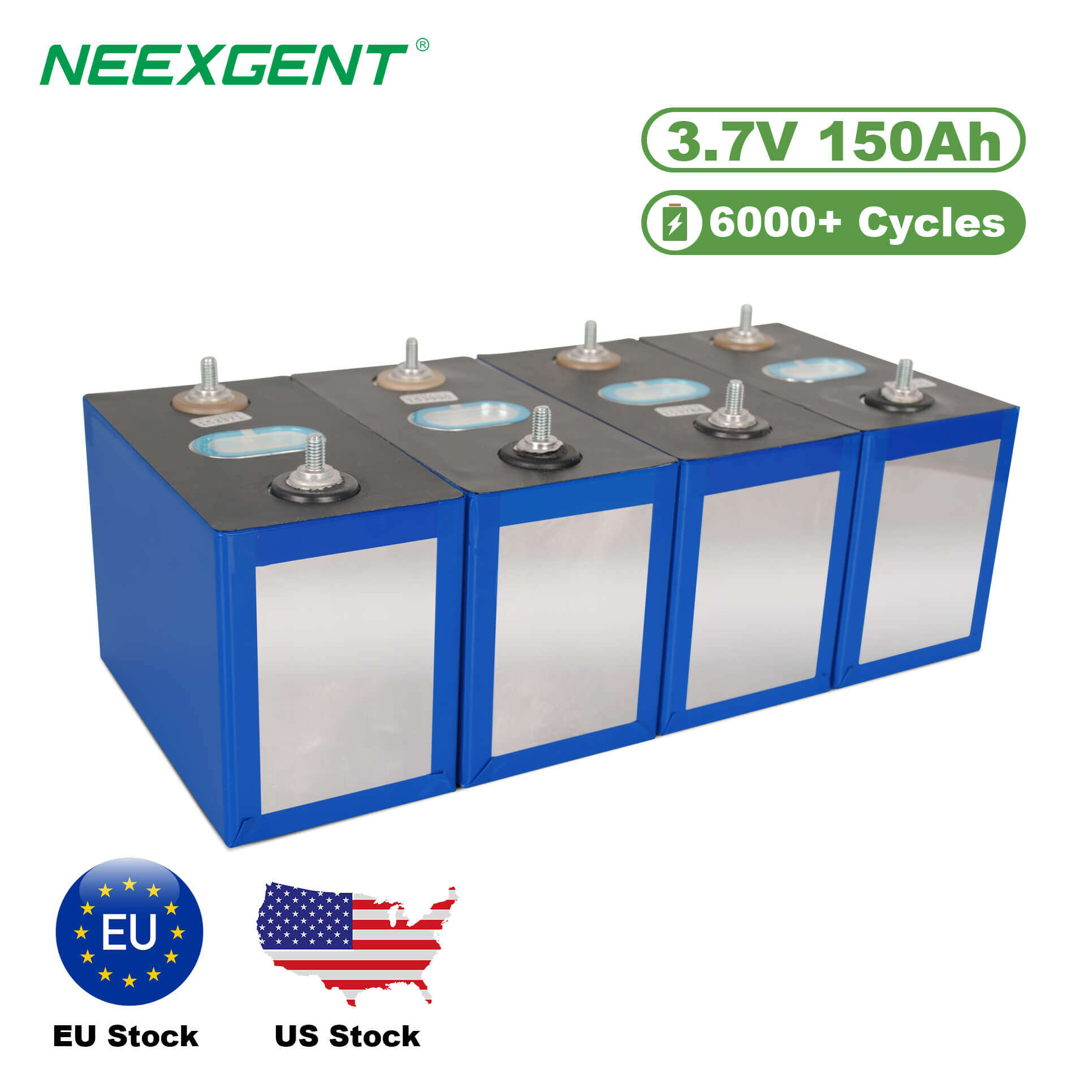Contents:
1. Understanding Solar Panel Efficiency
2. Can Solar Panels Charge Through Glass?
3. Applications of Solar Panels Behind Glass
4. Efficiency Comparison: Solar Panels Behind Glass vs Direct Exposure
5. Efficiency Visualization
6. Conclusion
Solar panels are at the forefront of the renewable energy revolution, offering a sustainable way to harness energy from the sun. As solar technology continues to evolve, many people are asking whether solar panels can charge through glass, particularly in cases where a solar panel needs to be installed behind glass windows or coverings. This question is crucial for applications like solar-powered windows, automotive roofs, and building-integrated photovoltaics (BIPV), where the glass is essential for aesthetics, safety, or structural integrity.
In this article, we will explore the science behind solar panel efficiency through glass, assess whether it's feasible, and discuss the pros and cons of this approach. Additionally, we will present data and provide visualizations, including tables and graphs, to help you understand the impact of different glass types on solar panel performance.
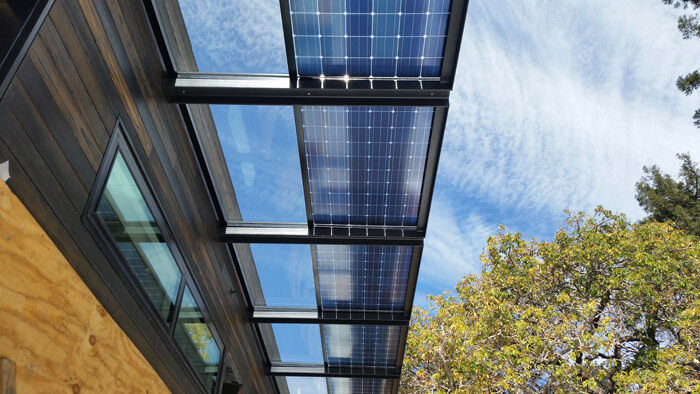
1. Understanding Solar Panel Efficiency
Before delving into the specifics of charging through glass, it's important to understand how solar panels work in general. Solar panels convert sunlight into electricity using photovoltaic cells, which are typically made from silicon. These cells absorb photons (light particles) from the sun, and in turn, generate an electric current.
The efficiency of a solar panel is determined by several factors:
-
The material used: Monocrystalline silicon panels are more efficient than polycrystalline panels.
-
The amount of sunlight received: Direct sunlight produces the highest energy output.
-
Angle of incidence: Solar panels work best when sunlight hits them directly.
2. Can Solar Panels Charge Through Glass?
The short answer is: yes, solar panels can charge through glass, but the efficiency will be reduced. Glass, especially if it’s tinted or treated, can block or reflect a portion of the incoming sunlight, reducing the amount of energy available for conversion. The transparency of the glass, its thickness, and the coating all impact how much sunlight reaches the solar cells.
Factors That Affect Solar Panel Efficiency Through Glass:
- Glass Transparency: The more transparent the glass, the more sunlight it will allow to pass through. Clear glass allows a higher percentage of sunlight to reach the solar cells compared to frosted or tinted glass.
- Glass Coatings: Some types of glass, such as low-emissivity (Low-E) glass, reflect some light to improve insulation. This can reduce the amount of light reaching the solar cells, lowering efficiency.
- Glass Thickness: Thicker glass will block more light than thinner glass. As a result, the thickness of the glass is another important factor in determining how much energy the solar panel can generate.
- Glass Treatments: Anti-reflective coatings on glass can help increase the amount of sunlight that passes through by minimizing reflections.
3. Applications of Solar Panels Behind Glass
While solar panels' efficiency is reduced when charging through glass, there are still many applications where this setup is beneficial.
a. Building-Integrated Photovoltaics (BIPV)
BIPV systems are solar panels integrated into the design of buildings, including rooftops, facades, and windows. These systems often use solar panels that are mounted behind glass, allowing the building to generate its own electricity while maintaining aesthetics and functionality. Though the efficiency is slightly lower due to the glass, the integration of solar panels into the building design makes it an attractive option for energy-efficient architecture.
b. Solar Windows
Solar windows are transparent windows with integrated solar cells. These windows can be installed in buildings or vehicles to capture sunlight while allowing light to pass through, maintaining the visual appearance of clear glass. Although the energy generation through these windows is lower compared to traditional rooftop panels, solar windows offer a unique solution for integrating renewable energy generation into buildings without compromising design.
c. Automotive Applications
Solar panels embedded in car roofs or windows can charge the vehicle’s batteries. In this case, the glass allows some sunlight to pass through, but it also reduces the solar panel’s energy production compared to direct exposure to the sun. Nonetheless, this approach can help extend battery life or power small systems like air conditioning.
d. Greenhouses and Solar Farms
In some greenhouse designs, solar panels are integrated into the structure with glass roofs or windows. While this setup reduces the amount of sunlight available for plants, it still enables the generation of electricity. Solar-powered greenhouses are an innovative solution for producing food and energy simultaneously.
4. Efficiency Comparison: Solar Panels Behind Glass vs Direct Exposure
The efficiency of solar panels behind glass is lower than when they are exposed directly to sunlight. Various studies have shown that the reduction in efficiency is typically around 10-20% depending on the type of glass used. Below is a comparison of the efficiency of solar panels in different configurations:
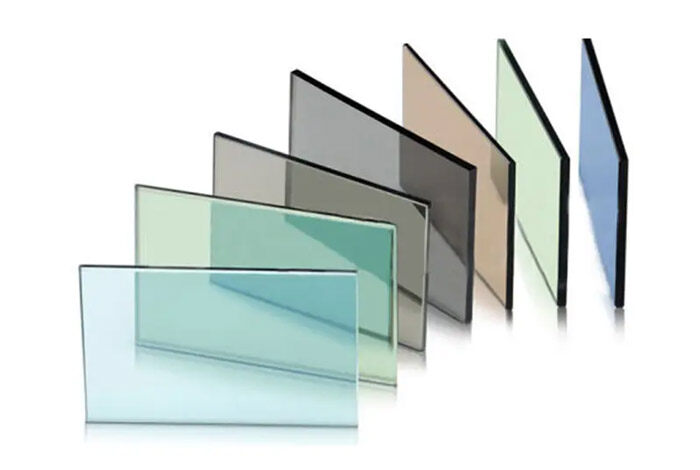
Efficiency Loss of Solar Panels Behind Different Types of Glass
|
Glass Type
|
Transparency
|
Efficiency Loss
|
|
Clear Glass
|
High
|
10%
|
|
Tinted Glass
|
Medium
|
15-20%
|
|
Low-E Glass
|
Low
|
20%+
|
|
Frosted Glass
|
Low
|
20%+
|
As seen in the table, the more transparent the glass, the lower the efficiency loss. Tinted and frosted glass can block significant amounts of sunlight, further reducing the energy production of solar panels behind them.
5. Efficiency Visualization
To provide a better understanding of the impact of glass on solar panel efficiency, we can generate a line chart that shows the efficiency loss as the transparency of the glass decreases.
6. Conclusion
Solar panels can indeed charge through glass, but the amount of sunlight they can capture and convert into electricity is reduced by the glass’s opacity, coatings, and thickness. While the efficiency loss is inevitable, innovations such as BIPV, solar windows, and automotive applications demonstrate the potential of integrating solar technology with glass. As materials and coatings improve, the efficiency of solar panels behind glass will continue to increase, making them a viable option for various applications.
By understanding these factors and employing innovative designs, we can ensure that solar panels perform optimally, even when behind glass. The future of solar energy may very well include transparent, energy-generating windows and structures, paving the way for more sustainable buildings and transportation.

